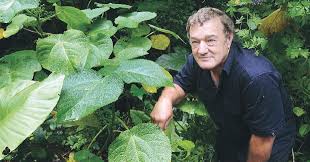Besides Indonesia and India, Australia is also well known for having many of the world’s most venomous flora and fauna.
But, one of the most notorious plants known for its sting is the Gympie-Gympie tree. But now, the researchers are attempting to create painkillers from that tree. Because the researchers believe these plants hold key to unlocking novel painkillers.
According to reports, the tree is known for being highly toxic and causing excruciating, long-lasting pain in humans.
The researchers that consist of a team at the University of Queensland in Brisbane examined the toxins produced by two species of Australian stinging trees :
- The shrub-sized Gympie-Gympie (Dendrocnide moroides)
- The giant Australian stinging tree (Dendrocnide excelsa).
The new toxin which has been named “gympietides” has a habitat in along the Northern River region in New South Wales, and also in the tip region of the Cape York Peninsula.
The researchers explained that the tree has a needle-like extension called trichomes all over their surface. And the pain caused by these trichomes can last for hours on human skin, with repeated for days or even weeks.
“The Australian stinging tree species are particularly notorious for producing an excruciatingly painful sting, which unlike those of their European and North American relatives can cause symptoms that last for days or weeks,”
Irina Vetter, associate professor at the UQ’s Institute for Molecular Bioscience, explained in the study published in the journal Science Advances, the giant stinging tree is covered in needle-like appendages called trichomes that are around five millimeters in length and act like hypodermic needles that inject toxins when they make contact with skin.
The researchers are focusing this study on understanding how this peptide causes pain. The aim is to extract information on the function of pain-sensing nerves.



